An Egyptian team of archaeologists has uncovered the tomb of Prince Waser-If-Re, a prince of King Userkaf, the founder of Egypt’s Fifth Dynasty, at the Saqqara necropolis south of Cairo. The discovery provides a rare glimpse into the life of royals around 4,000 years ago.
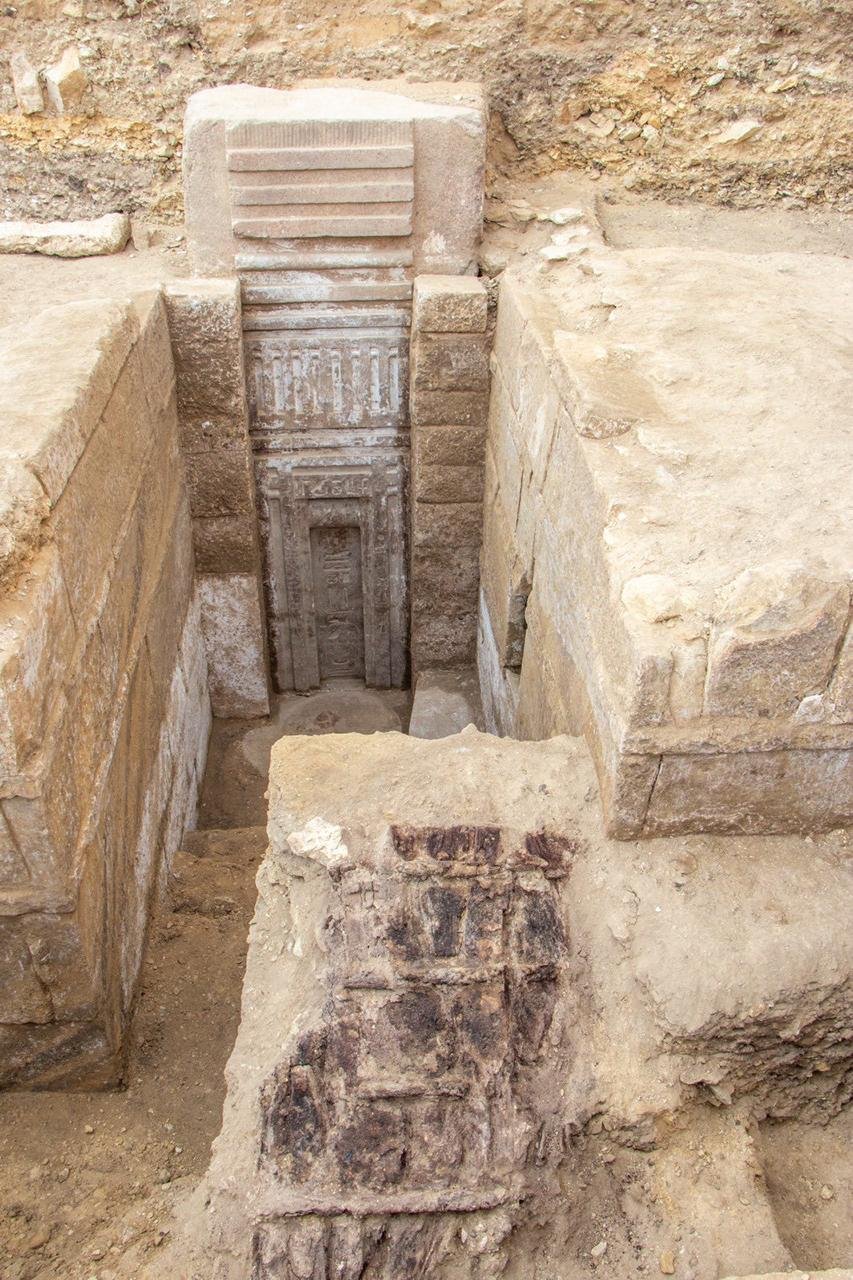
Egypt’s world-famous Egyptologist Dr. Zahi Hawass conducted the excavation along with the Supreme Council of Antiquities and the Zahi Hawass Foundation for Archaeology and Heritage. Excavations revealed that the tomb was from the Old Kingdom, but further excavations proved that it was reused during Egypt’s 26th Dynasty.
One of the most striking features of the tomb is a massive false door of pink granite. It stands 4.5 meters tall and 1.15 meters wide and is the first of its kind in Egypt by material and size. Hieroglyphs carved on the door list Prince Waser-If-Re’s many titles: “Hereditary Prince,” “Royal Scribe,” “Vizier,” “Judge,” “Governor of Buto and Nekheb,” and “Chanting Priest.”
A second entrance carved in the eastern face of the tomb bears the name of the prince and a cartouche of King Neferirkare, a Fifth Dynasty king. The presence of this entrance, as well as later-dated statues discovered in the tomb, confirms that the location was reused centuries after its construction.
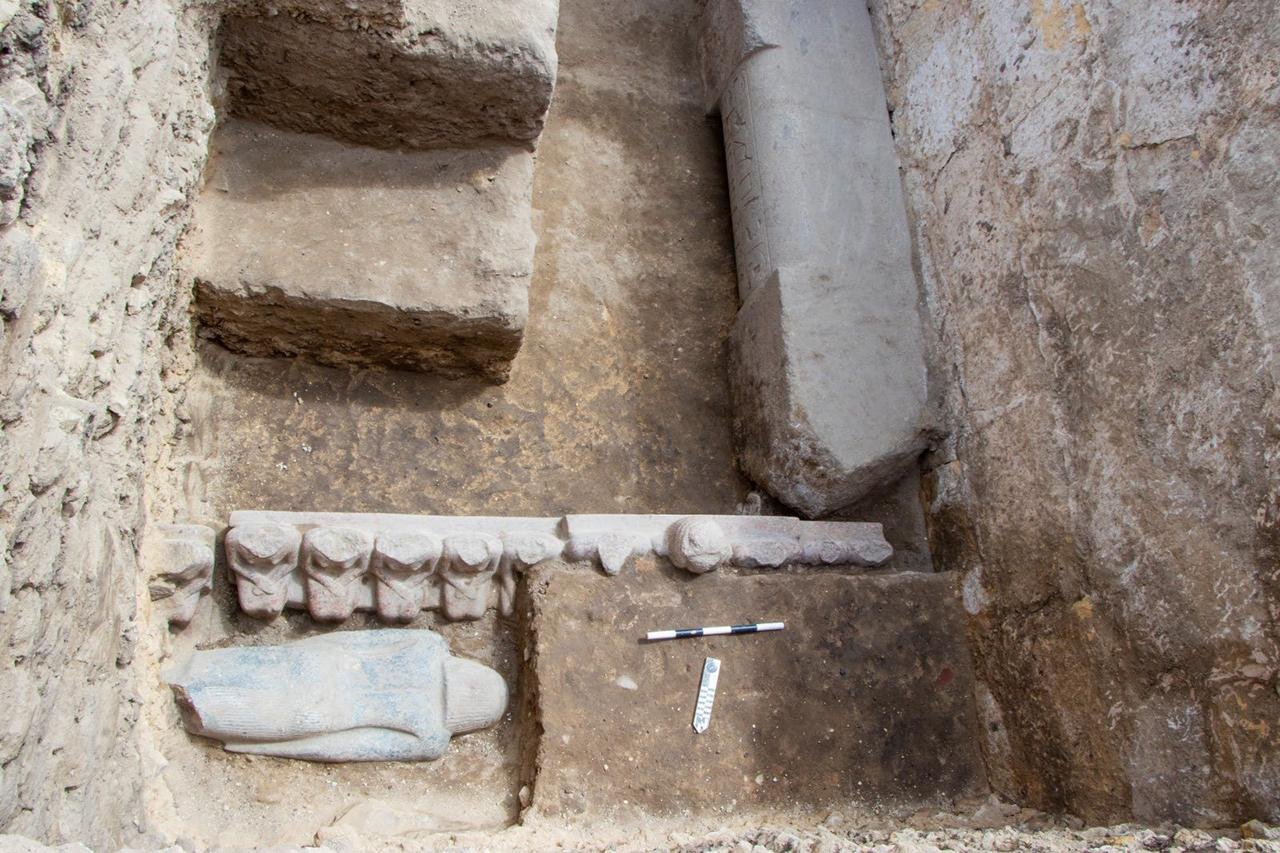
One of the most dramatic discoveries is thirteen pink granite figures in high-backed chairs. Some of these, the archaeologists think, are the prince’s wives, while others are headless. Near these, the team unearthed an overturned black granite figure 1.35 meters tall, and a red granite offering table with ritual items inscribed upon it.
There was also a massive black granite statue, 1.17 meters high, in one of the chambers. It bears the owner’s name and titles and dates to the 26th Dynasty, which supports the theory that the tomb was reused during subsequent periods.

The excavation continues, with further chambers and artifacts expected to be found. As excavations proceed, archaeologists expect to resolve the remaining questions concerning the later usage of the tomb and why statues of kings were moved to the chambers.
More information: Ministry of Tourism and Antiquities




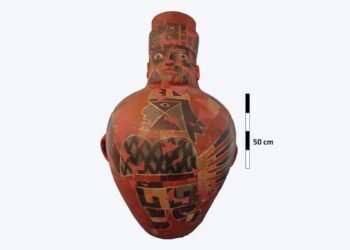

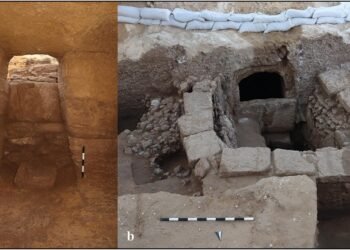
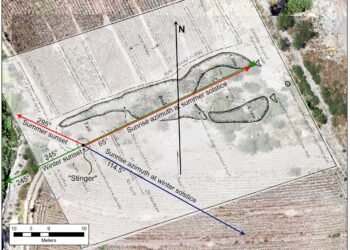













I’m so in awe of these findings. I have studied Egypt’s history thru the ages!.